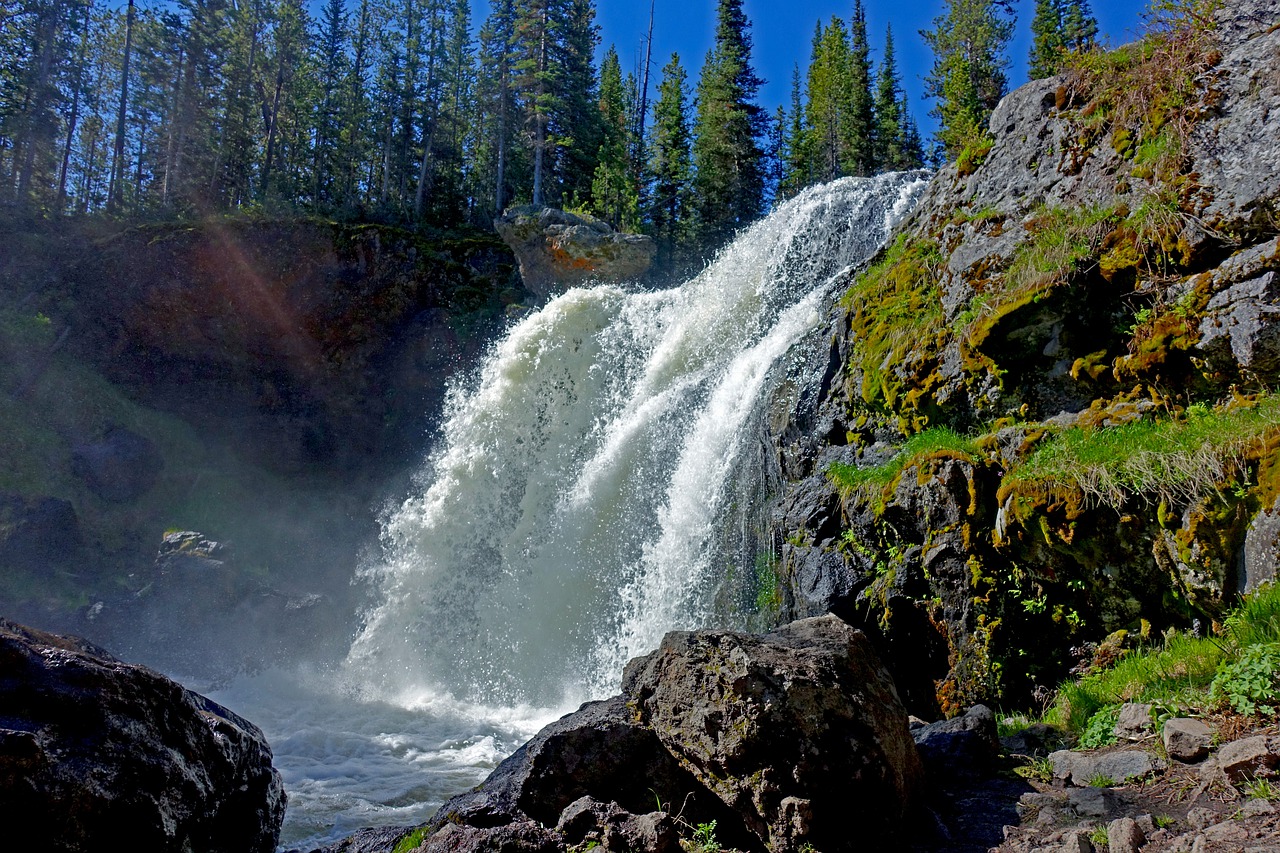
Article Summary: Idaho National Parks
Idaho National Parks! We’ve got seven incredible national park sites for you to see on your next visit to the Gem State.
Idaho National Parks is the home of Idaho Potatoes and so much more.
I’ve been to so many of these amazing places since retiring from teaching in 2018. Did I mention that I taught history? I spent a lifetime teaching about the history behind these momentous sites. Then I got to see them firsthand. And now I’m sharing the stories of these incredible places with you. It doesn’t get any better than that!
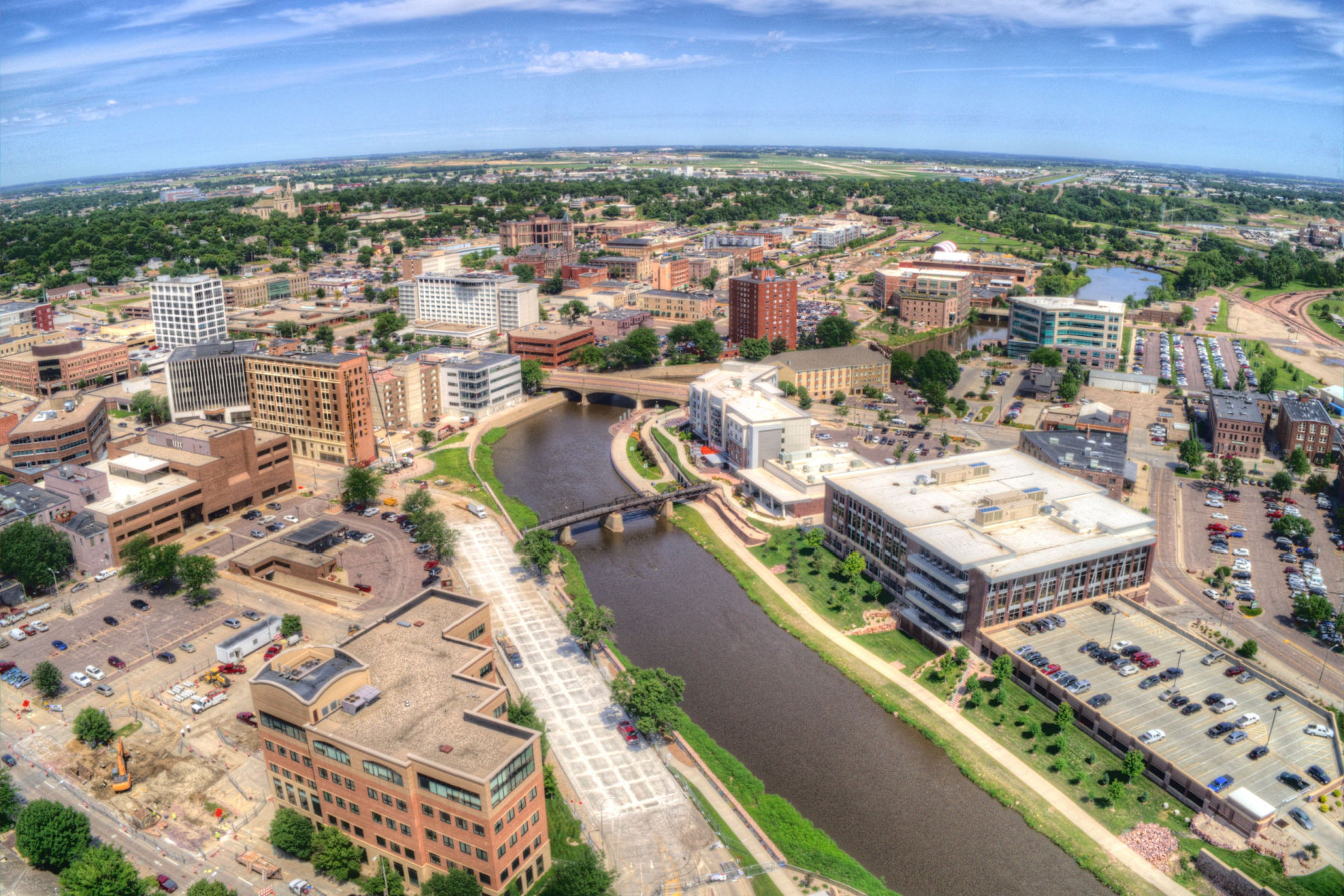
So, What Is A National Park?
We get asked that question a lot because there’s a difference between a “national park” and a “national park site.” To help you understand that difference you might want to check out our article titled: What Is A National Park Really?
If you’re planning a trip to the Gem State then one book that I highly recommend is: Idaho Bucket List Adventure Guide & Memory Journal: Travel & Explore 50 Must See Destinations & Record Your Experience by Akeem Press.
We’re going to give you 7 wonderful reasons why you’ll want to make Idaho your next vacation destination.
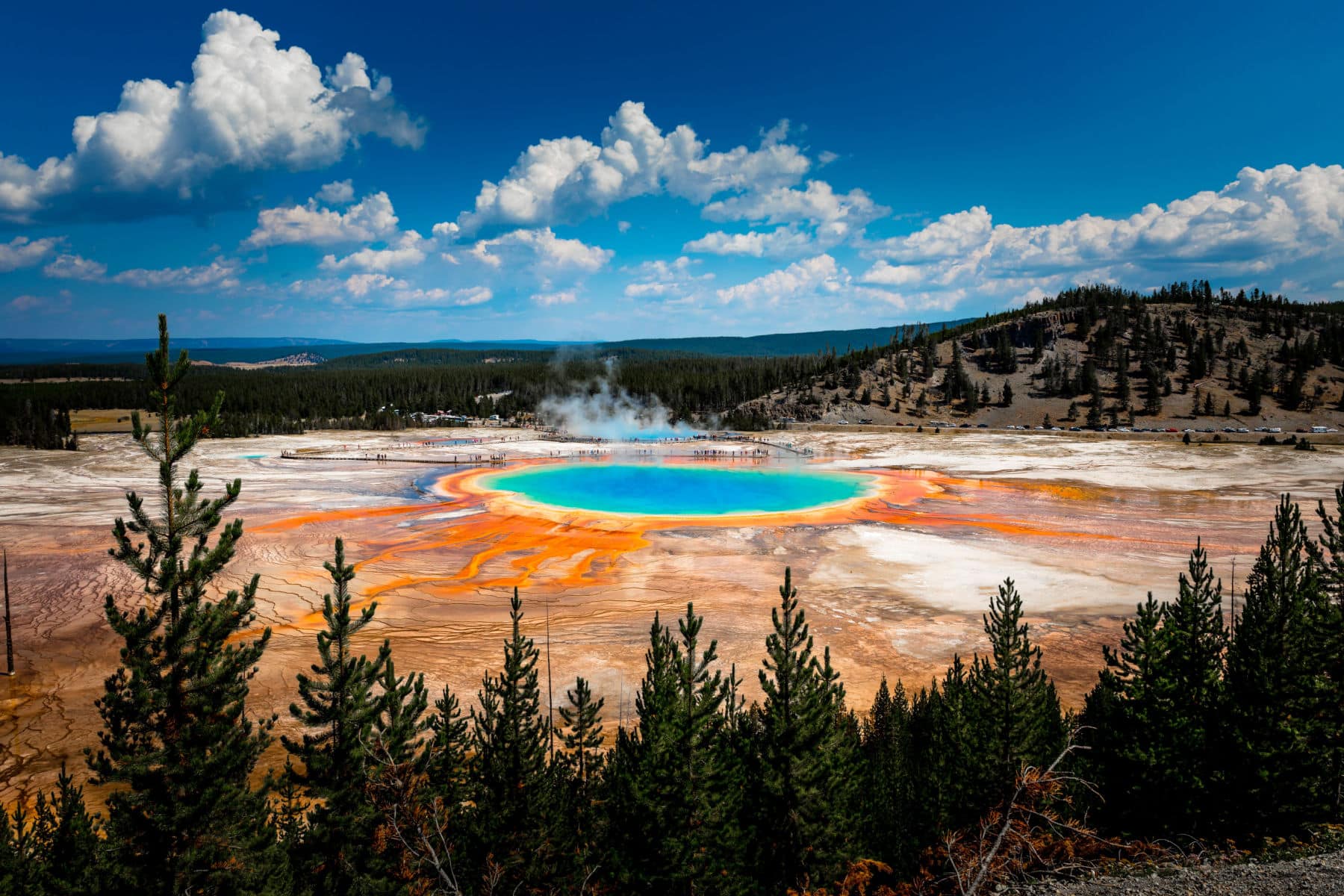
Table Of Contents: Idaho National Parks
Idaho National Parks
Idaho National Parks
1. City of Rocks National Reserve
The Idaho National Parks are among the most stunning national parks in the nation. If you love rocks and rock climbing then you won’t find a more exciting park to visit than City of Rocks National Reserve.
City of Rocks National Reserve is known for its unique geological formations of giant granite rock spires and monoliths.
It has a rich history that dates back to the California Trail pioneers who passed through the area in the 1840s and 1850s. The pioneers used the rocks as landmarks for navigation and left behind inscriptions and drawings that are still visible today.
The area became a popular camping and picnicking spot in the late 1800s and was officially designated as a national reserve in 1988 to protect its geological, historical, and cultural resources.
Today, City of Rocks is a popular destination for rock climbing, hiking, and camping, and is recognized as a National Natural Landmark.
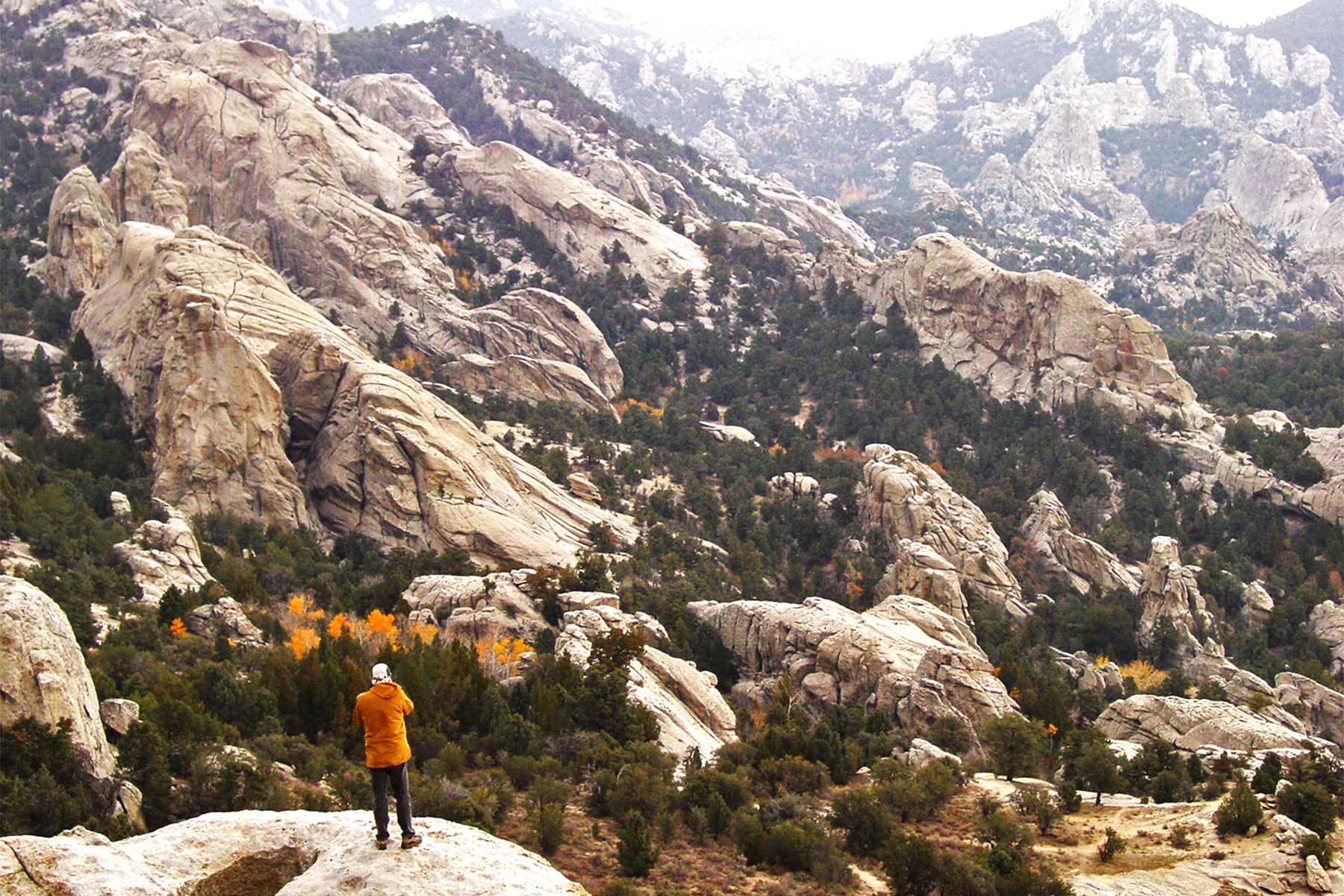
Things To Do At City Of Rocks
There are endless opportunities for outdoor adventure in City of Rocks National Reserve. These opportunities include:
- Auto touring: The journey technically begins in Albion – the starting point for the 49-mile City of Rocks Back Country Byway. Upon reaching Almo, be sure and stop at the City of Rocks/Castle Rocks visitor center for information and to watch the 8-minute orientation video that provides a great overview of City of Rocks geology, history, and things to do.
- Birding: City of Rocks, Castle Rocks, and the Almo Valley are some of the best locations in the state for observing Pinyon Jay, Virginia’s Warbler, Gray Flycatcher, Juniper Titmouse, Bushtit, Greater Sage-Grouse, Black-throated Gray Warbler, and Plumbeous Vireo.
- Climbing: There are over 600 routes here, both traditional and sport. Climbs vary from 30-600 feet, rating from the relatively easy 5.6 to the extremely difficult 5.14. A number of guidebooks to both City of Rocks and Castle Rocks are available at the visitor center.
- Fishing: Located in nearby Castle Rocks State Park is a 2.6 acre fishing pond stocked with Rainbow Trout.
- Horseback Riding: City of Rocks equestrian trails take you deep into the heart of the North Fork Circle Creek country, Indian Grove, and even 8,867-foot Graham Peak.
- Mountain Biking: Park rangers recommend the five-mile Castle Rocks Trail, which loops around the geological area, and rises over 920 feet in elevation at the half-way point. (Source: NPS)
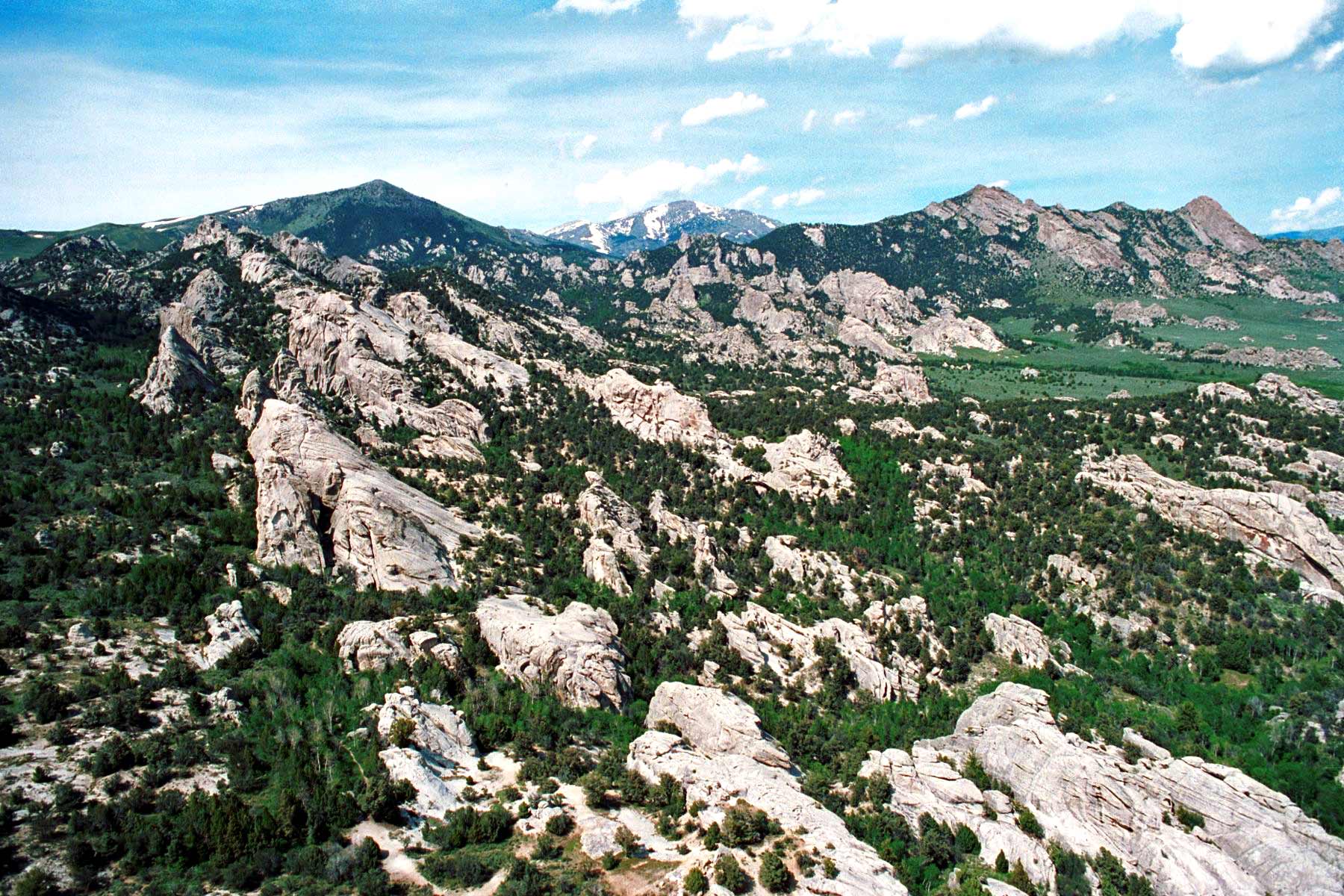
2. Craters of the Moon National Monument
One of my personal favorite Idaho national parks is Craters of the Moon National Monument.
As a retired history teacher and lifelong history buff, one of my favorite periods of study was the Space Race of the 1960s. I always wondered what it would feel like to walk on the moon. Perhaps you can actually know what it feels like if you take a trip to Craters of the Moon National Monument – minus the zero gravity of course.
Craters of the Moon National Monument and Preserve is known for its unique volcanic landscapes.
The area features a vast field of ancient lava flows, volcanic cones, and cave systems that offer a glimpse into the geological processes that have shaped the region over the past 15,000 years. The monument was established in 1924 to protect this unique and otherworldly environment.
The monument is a prime example of a basaltic lava field and contains numerous geological features, including cinder cones, lava tubes, and spatter cones. The black, rough terrain and the sharp, jagged rocks give the area an eerie, otherworldly appearance that has earned it comparisons to the surface of the moon.
Today, Craters of the Moon is a popular destination for hiking, camping, and stargazing, and is recognized as a National Natural Landmark.
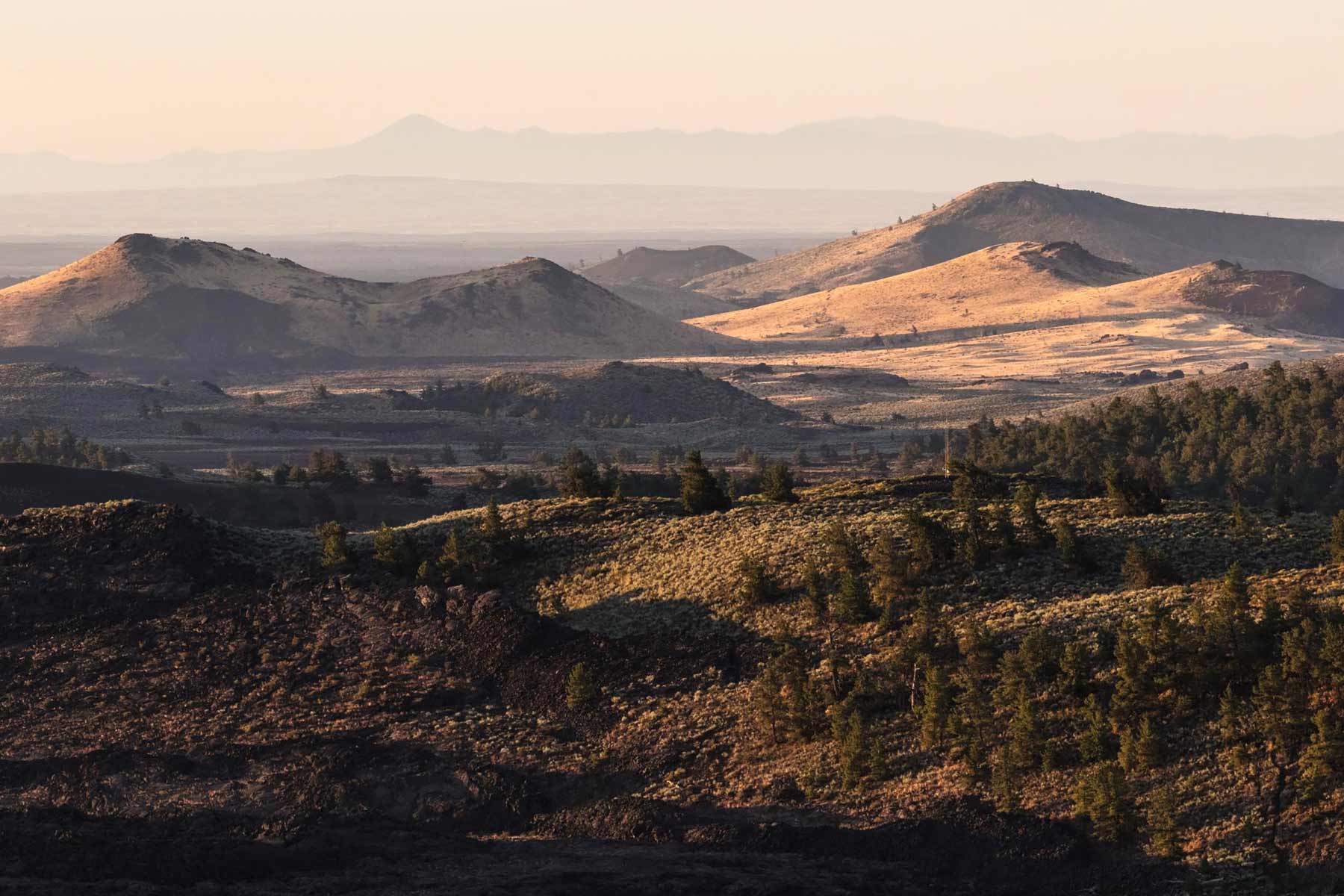
Check Out: List of 128 BEST US National Monuments Ranked
More Idaho National Parks
3. Craters of the Moon National Preserve
Just when you thought that your lunar experience was over, Idaho National Parks surprises you with another otherworldly destination. It’s Craters of the Moon National Preserve not to be confused with Craters of the Moon National Monument.
There are different ways to explore Craters of the Moon Preserve. They include:
- Backpacking the Crater of the Moon Wilderness.
- Explore Craters’ dynamic underground world of lava tubes.
- Taking a hike along Broken Top Loop where you’ll find a variety of unique volcanic features on this moderate-difficulty 1.8 mile loop.
- Walking up Inferno Cone which is a short but very steep trail to the top of a volcanic cone for awe-inspiring views.
- Hiking the North Crater Trail which is a 3.5-mile trail that drops into the mouth of North Crater.
- Travelling along the Tree Molds Trail which is a 2-mile trail that winds through the Craters of the Moon Wilderness and features molds of ancient trees encased in lava.
And, when you do, to paraphrase Neil Armstrong, you can say, “That’s one small step for a man (or woman) and one giant leap for a great outdoor adventure.“
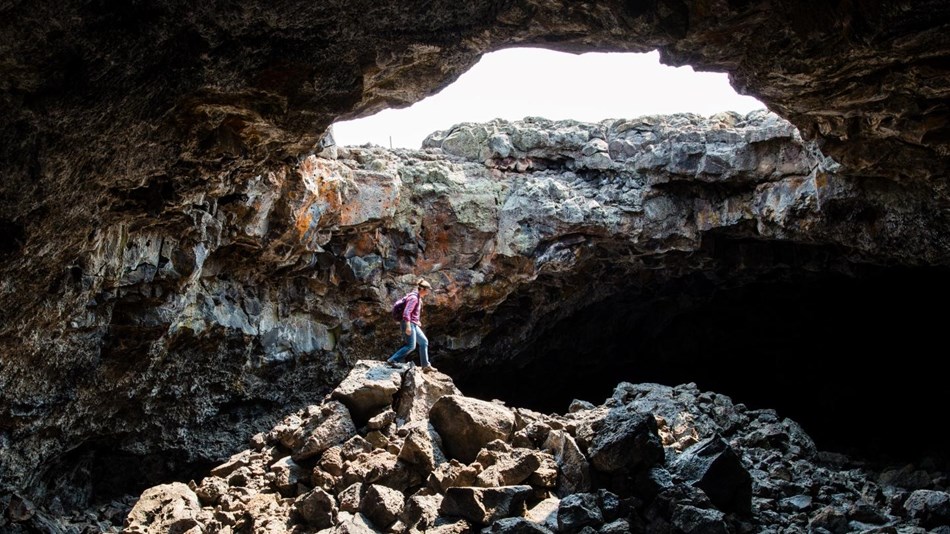
4. Hagerman Fossil Beds National Monument
For over a quarter of a century, I taught World History. I had a blast with the past and you can too because it doesn’t get any older than the Pliocene Era.
Lush wetlands, forests, and grasslands provided an excellent habitat for a variety of animals. These creatures included the now-extinct saber-toothed cat, mastodon, and ground sloth. They also included the more familiar animals like horses, beavers, and birds.
Hagerman Fossil Beds National Monument is known for its rich fossil deposits that provide a window into the ancient past. The monument was established in 1988 to protect the fossil beds and the unique geological, paleontological, and cultural resources they contain.

Some Of The World’s Most Complete & Well Preserved Horse Fossils
The fossil beds at Hagerman contain some of the world’s most complete and well-preserved horse fossils, as well as fossils of other mammals that lived in the region during the late Pliocene epoch. The fossils provide important information about the evolution of horses and the changing climate and environments of the Pacific Northwest over the past 3 million years.
In addition to the fossils, Hagerman Fossil Beds National Monument contains unique geologic features, such as hot springs and mineral deposits, that offer a glimpse into the region’s volcanic history. The monument is also home to a rich cultural history, with evidence of human habitation in the area dating back thousands of years.
Today, Hagerman Fossil Beds is a popular destination for visitors interested in geology, paleontology, and natural history, and is recognized as a National Natural Landmark. The monument offers hiking trails, educational programs, and opportunities to learn about the fossils and the fascinating natural and cultural history of the region.

More Idaho National Parks
5. Minidoka National Historic Site
One of the lesser known yet fascinating Idaho National Parks is the Minidoka National Historic Site.
Minidoka National Historic Site is a former World War II internment camp for Japanese Americans. The site was established in 1942 as part of the U.S. government’s forced relocation and internment of Japanese Americans during the war.
During the war, over 13,000 Japanese Americans were interned at Minidoka, which was one of ten camps across the western United States where Japanese Americans were forcibly relocated and imprisoned. The internees were stripped of their homes, businesses, and civil rights, and were held in the camps for the duration of the war.
In 2001, Minidoka National Historic Site was established to commemorate the story of the Japanese American internment and to recognize the injustice and civil rights violations that occurred during the war.
The site contains several restored buildings, including the entrance guard station and several mess halls, as well as interpretive exhibits and memorials that commemorate the lives of the internees and their experiences.
Today, Minidoka National Historic Site is a place of reflection and learning, and serves as a powerful reminder of the impact of war and discrimination on individuals and communities.
The site offers educational programs, tours, and exhibits to help visitors understand the history of the Japanese American internment and the lessons that can be learned from this dark chapter in American history.

Check Out: 25 BUCKET-LIST Famous Landmarks In America (MUST-SEE)
6. Nez Perce National Historical Park
Idaho National Parks also features a dark chapter in American history which is nonetheless important. You can learn about it at Nez Perce National Historical Park.
The Nez Perce National Historical Park was established in 1965 to commemorate the history and culture of the Nez Perce people. The park encompasses 38 sites that are significant to the Nez Perce tribe, including traditional homelands, sacred places, and important historical events.
The Nez Perce people have lived in the region for thousands of years, and the park protects sites that are important to their culture, including traditional fishing and hunting areas, sacred sites, and the sites of important battles and treaties.
The park also includes several important events from the Nez Perce War of 1877, including: the Battle of White Bird Canyon, the Battle of Clearwater, and the site of Chief Joseph’s surrender.
In addition to preserving important cultural and historical sites, Nez Perce National Historical Park provides opportunities for visitors to learn about the Nez Perce people, their history, and their culture. The park offers educational programs, tours, and exhibits, as well as opportunities for hiking, fishing, and other outdoor activities.
Today, Nez Perce National Historical Park is a place of reflection and learning, and serves as a powerful reminder of the rich history and culture of the Nez Perce people and their enduring connection to the land.

Still More Idaho National Parks
7. Yellowstone National Park
Have I saved the best for last? I suppose that depends on your perspective. I’ve certainly saved one of the very best national parks in all of America for last.
If you only have time to see one of the amazing Idaho National Parks then this is the one. Of course, I’m referring to America’s oldest national park – Yellowstone.
In 2020, Yellowstone National Park attracted 3.8 million visitors. This park features more than two million acres of a high mountain-ringed plateau which have been set aside for permanent protection as a natural preserve.

No One Believed It Was Real Until The Washburn Party
I’m fascinated by the history of places I encounter. I hope that you are too.
Before it became America’s first national park, people explored this fantastic place. They told tales of its magnificent beauty and amazing natural wonders. Few believed them however.
Then, in 1869, C.W. Cook saw some of Yellowstone’s incredible geysers with two traveling companions. Cook was so moved by his experience that he submitted an article to Lippincott’s magazine.
He received a curt reply from them which read as follows: “Thank-you, but we do not print fiction.” Aren’t publishers wonderful.
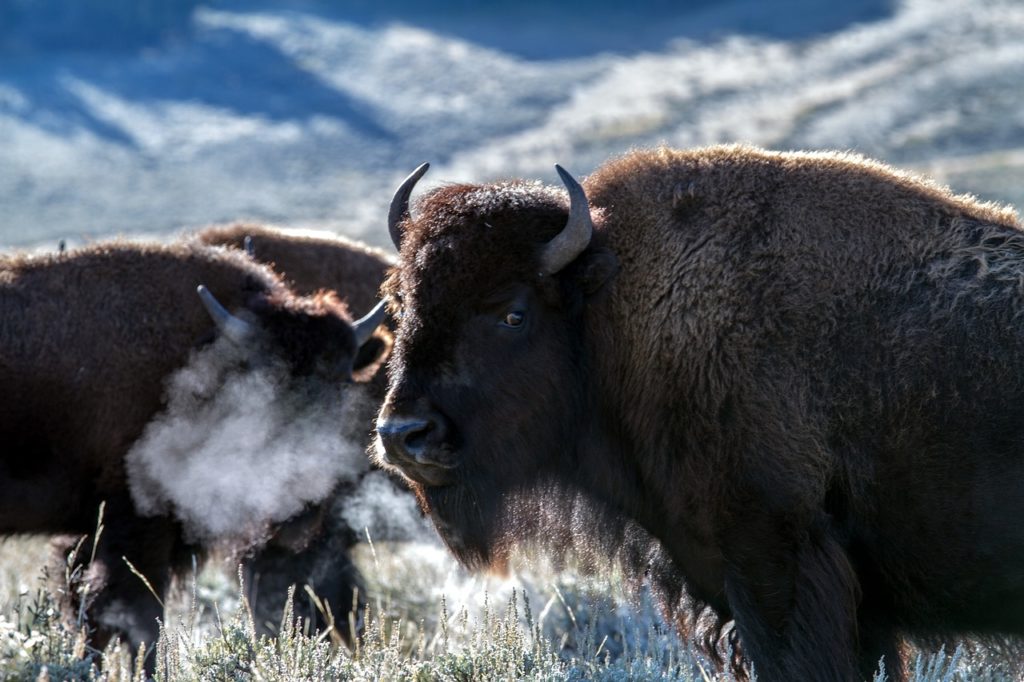
Wildlife at Yellowstone National Park | Idaho National Parks
RELATED: 18 FASCINATING Yellowstone National Park Facts You Probably Didn’t Realize
Old Faithful | Yellowstone National Park
It was left to the Washburn Party, led by Henry Washburn and Nathaniel Pitt Langford, to convince a skeptical public that this place was as magnificent as people were describing it.
Members of the party made detailed maps and observations of the region, explored numerous lakes, climbed mountains, and observed an incredible array of wildlife.
The Washburn Party traveled to the Upper and Lower Geyser Basins. They were so fascinated by the regular eruptions of one geyser in particular that they decided to name it Old Faithful. And, needless to stay, the name stuck.
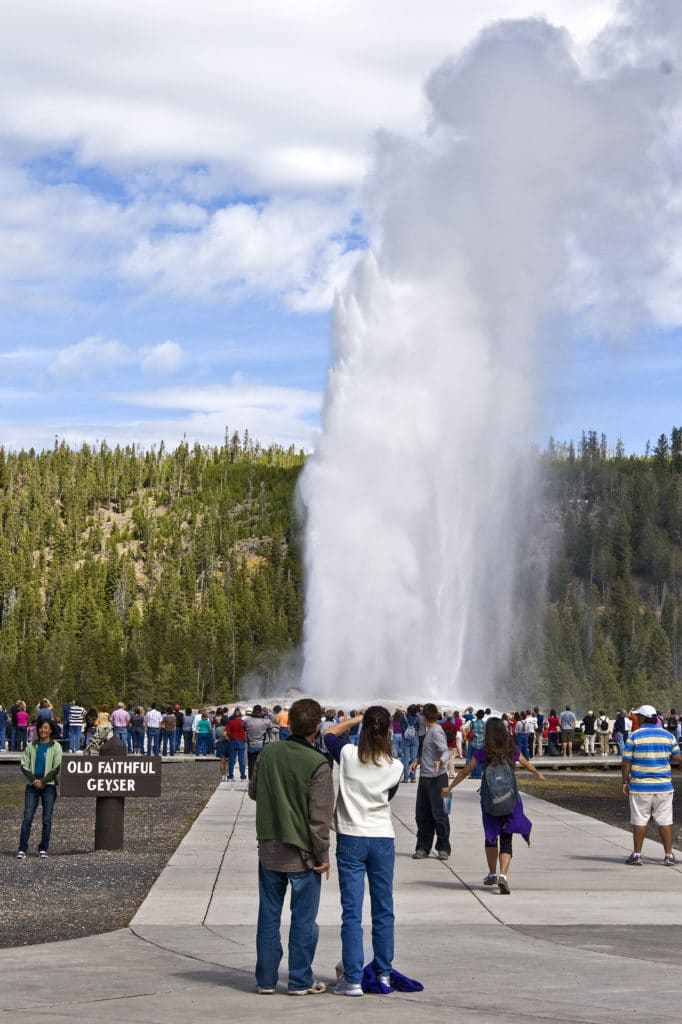
The Official Report Of The Washburn Party
The official report of the Washburn Party was written by Lieutenant Gustavus C. Doane. He described, day by day, what the party saw in Yellowstone.
As Freeman Tilden writes, “He [Doane] climbed the peak now known as Mount Washburn on a day when the pure air of the country revealed everything with crystal clarity.
He saw the snowy summits above the Gallatin Valley, and from them traced almost an unbroken circle of mountains, of which he thought the Tetons were a part.” (Source: The National Parks, Freeman Tilden)
Doane’s report authenticated earlier descriptions of Yellowstone. A skeptical public finally began to believe these fantastic tales of this wilderness wonderland.
Wouldn’t it have been incredible to have been there? Of course, you can travel there now and the amenities are much better.

RELATED: 15 BEST Things To Do At Yellowstone National Park
Things To Do At Yellowstone National Park
No visit to Idaho National Parks would be complete without a trip to Yellowstone National Park. There are so many wonderful things to see and do at Yellowstone National Park. With apologies to David Letterman in advance, I will give my Top Ten List though yours may differ:
10. Go Camping-There are many campsites inside the park though you should check availability before you arrive.
9. Go Fishing-Try the trout waters north, south and west of Cody. They’re filled with native brown trout, rainbow trout and brook trout.
8. Check Out The Local Culture-See the Plains Indian Museum or visit one of five museums at the Buffalo Bill Center of the West.
7. Explore The Rocks & Fossils-Inside Yellowstone you will find basalt columns formed by lava and a petrified forest.
6. Go Rafting-Raft down one of the nearby rivers or check out the information on rafting trips which is available at the park entrances.
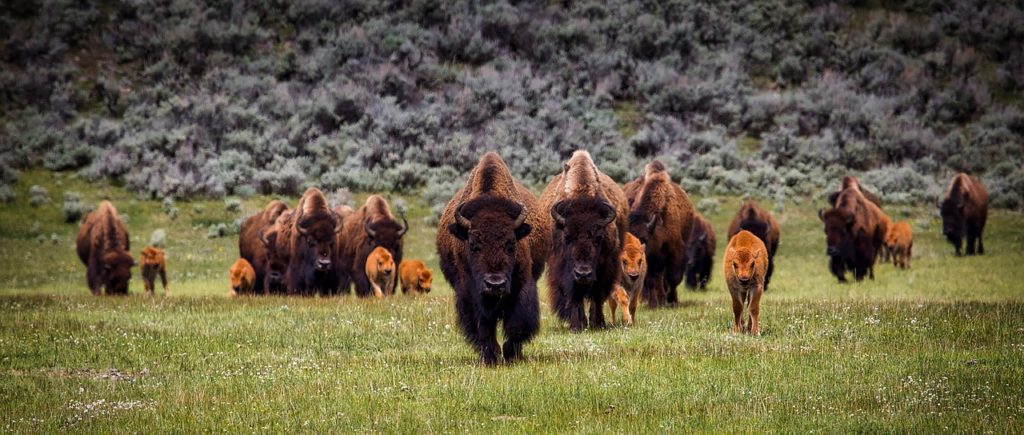
Are You Ready For The Top 5?
5. Take A Hike-There’s a 1,300 mile trail system. Some of the most popular hikes are Bunsen Peak, Fairy Falls and Uncle Tom’s Trail.
4. Visit The Grand Canyon Of The Yellowstone-This incredible place includes three glorious waterfalls. The overlook of the lower falls offers a breathtaking view.
3. See The Incredible Wildlife-Yellowstone is home to more wild animals than anyone else in America. There are are Bears, Wolves, Moose, Elk, Bison, Badgers, Otters, Fox and so much more to see inside the park.
2. See The Geysers Erupt– What would a visit to Yellowstone be without a trip to the Old Faithful Geyser. You don’t have to stop there, however, as Yellowstone is home to the most active geyser field in the world.
1. (Can I Get A Drum Roll Please) Sit Back, Relax & Soak It All In-After all, you’re on vacation. You can do as little or as much as you want. I tend to lean towards the as little side, but we’re all different.
Check Out Our Film – The River Of No Return: A Trip Down Idaho’s Salmon River
In the heart of Idaho lies America’s largest (and most breathtaking) contiguous Wilderness area outside of Alaska, The Frank Church – River of No Return Wilderness.
Steep canyons, pristine forests, untouched Wilderness, incredible wildlife, and world-class whitewater rafting comprise this epic 2.3 million acre road-less area.
We were flown into Indian Creek campground first where we stayed for a few days. From there we were flown up river near the confluence of the north fork and middle fork of the Salmon. From there we set out on a 4 day rafting trip down the middle fork experiencing all kinds of weather and stunning scenery.
This film was shot in the heart of the remote Frank Church River of No Return Wilderness on one of America’s premiere Wild & Scenic Rivers, the middle fork of the Salmon.
This short film highlights the unique, rugged beauty of the Middle Fork of the Salmon River and explains the delicate balance between visitors and the wilderness.
Idaho National Parks FAQ
Yellowstone National Park. While most of its incredible wilderness lies in Wyoming, significant sections of Yellowstone National Park can be found in Montana and Idaho. Home to rugged landscapes, scenery, and nature, it is sure to delight nature lovers and outdoor enthusiasts with its wealth of riches.
The following is a list of the must-see historic sites in Idaho:
Nez Perce National Historical Park
Craters of the Moon National Monument & Preserve
Shoshone Ice Caves
Hagerman Fossil Beds National Monument
Minidoka National Historic Site
Nampa Train Depot
Bear River Massacre Historical Site
Atomic Museum
Salmon Sacajawea Center
Fort Hall Replica
Why Trust Us About Idaho National Parks?
We’re Jim Pattiz and Will Pattiz, collectively known as the Pattiz Brothers (and sometimes the Parks Brothers) and we absolutely LOVE the national parks.
You should probably know that we don’t just make this stuff up out of thin air. We’ve spent our entire adult lives exploring and filming America’s national parks and public lands.
We’ve worked with the National Park Service, the Department of Interior, USDA, and the U.S. Forest Service for years creating films on important places and issues. Our work has been featured in leading publications all over the world and even some people outside of our immediate family call us experts on the national parks.
Meet The Parks Brothers
Map Of Idaho National Parks
List Of The National Parks In Idaho
- City of Rocks National Reserve
- Craters of the Moon National Monument
- Craters of the Moon National Preserve
- Hagerman Fossil Beds National Monument
- Minidoka National Historic Site
- Nez Perce National Historical Park
- Yellowstone National Park
We Hope You’ll Follow Our Journey

Our goal here at More Than Just Parks is to share the beauty of America’s national parks and public lands through stunning short films in an effort to get Americans and the world to see the true value in land conservation.
We hope you’ll follow our journey through the parks and help us to keep them the incredible places that they are. If you’re interested in joining the adventure then please sign up below!
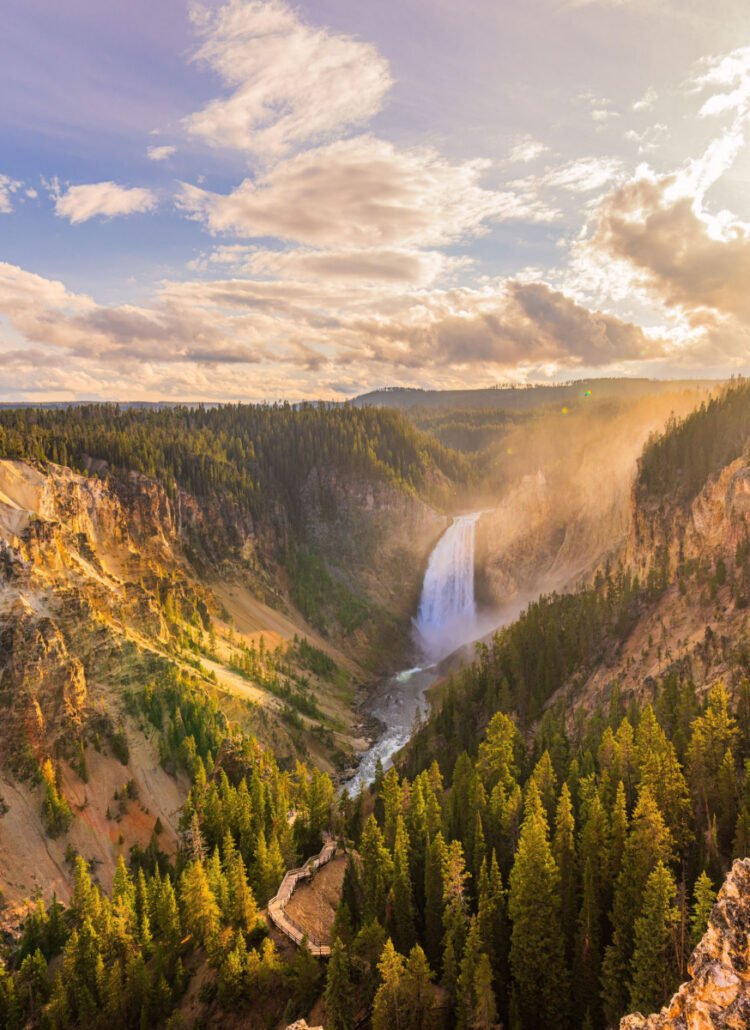
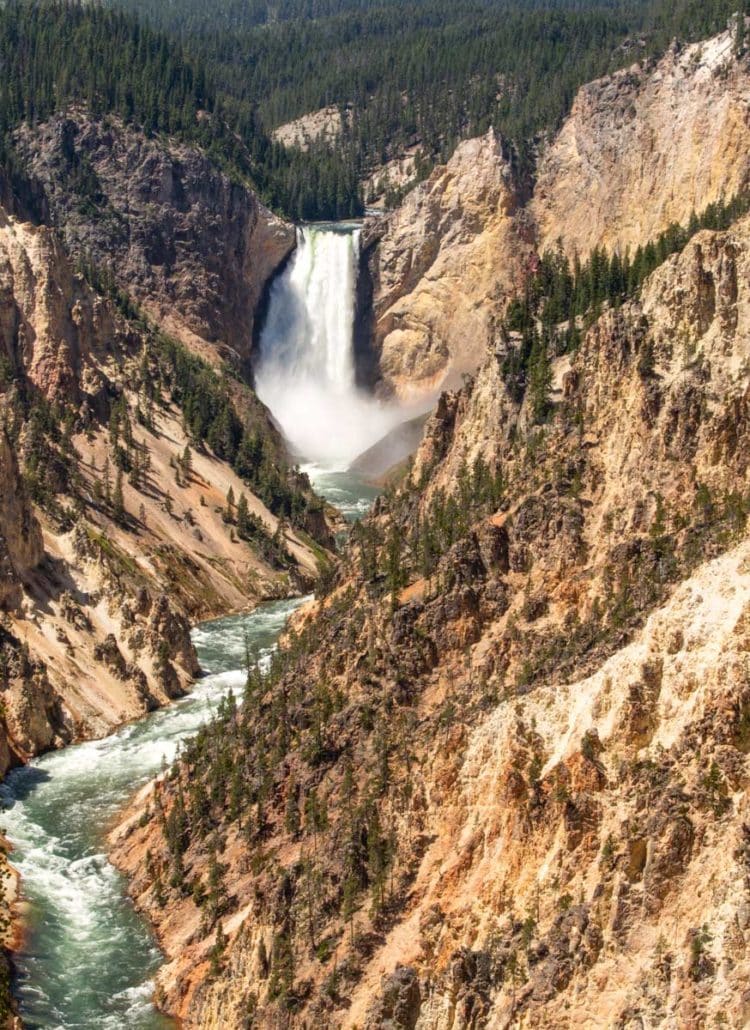
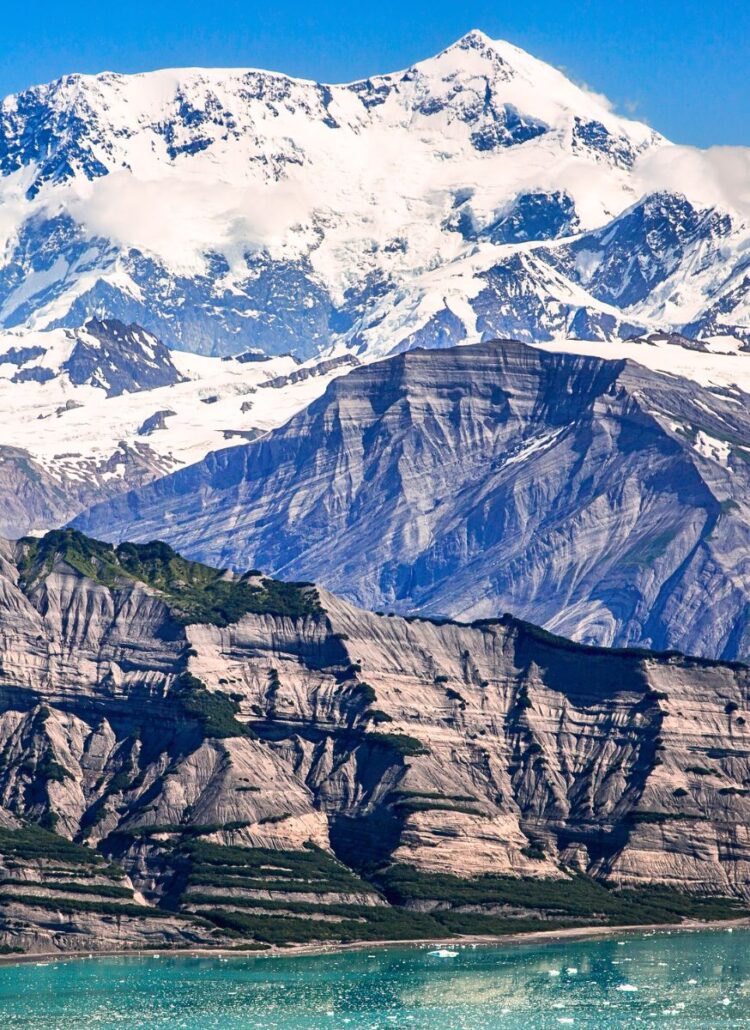
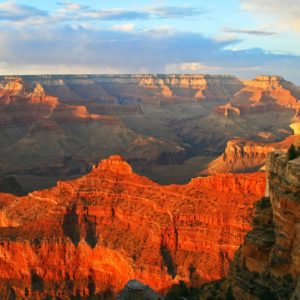

Leave a Reply